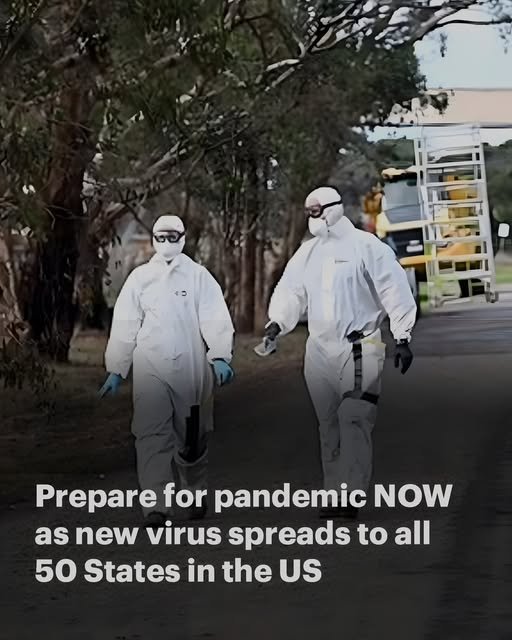Experts Urge America to Prepare for Pandemic as New Virus Spreads to All 50 States
As the United States continues to grapple with the persistent threat of avian influenza, which shows no indications of abating, health professionals are raising concerns regarding the potential emergence of another global pandemic.
The H5N1 virus spreads swiftly across farms, infecting thousands of animals and now resulting in human fatalities, placing the world on the brink of a health crisis.
As the virus continues to evolve and spread, questions emerge about our readiness to face another devastating outbreak, or if we are simply anticipating its inevitable advancement.
As the number of confirmed human cases surpasses 70 and worries about human-to-human transmission increase, time is of the essence. Is this the onset of a gradually unfolding pandemic that will take us by surprise, or have we already missed the opportunity to prevent it?






